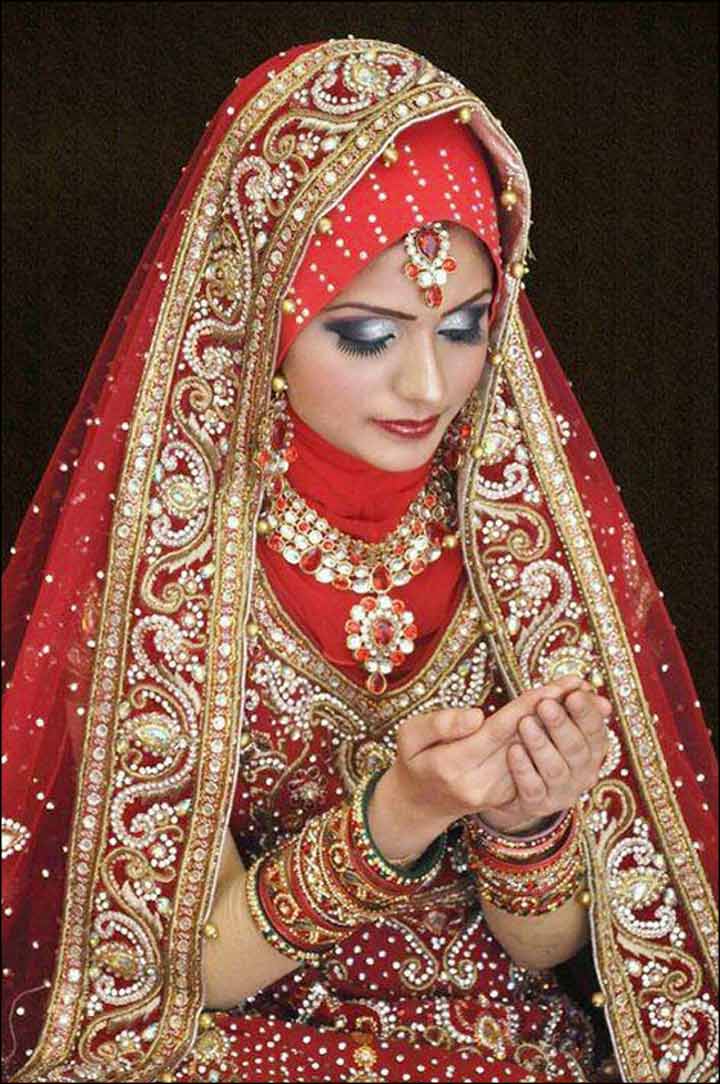THE HISTORY AND CULTURE OF ADORNING THE NAUVARI SAREE
The Nauvari saree is a traditional saree style worn in the Maharashtrian community. It is worn during special cultural or religious celebrations.
Origins of the Nauvari
Nauvari means nine yards. This saree is made from nine yards of fabric. During the rule of the Maratha Empire, women were involved in helping their fellow warriors. To make movement easy, the Nauvari saree was born. In appearance, it resembles a male trouser. Women who wore it were able to easily move around the battlefield.

Although the Maratha Empire has ceased to exist, this beautiful saree style has not. In fact, wearing the Nauvari reminds many women of their equal stature and competency in a male dominated society.
Cultural Importance of the Nauvari
This stunning saree attire is typically worn by Maharashtrian brides. It makes the bride look suave and elegant. Apart from weddings, the Nauvari can also be seen worn during cultural festivals such as Gudi Padwa and Ganesh Chaturthi.

Design and Variety
Nauvari sarees are available in a myriad of choices and colors. They were initially made from cotton but today they are also made from satin and silk. Traditional Nauvari sarees are decorated with floral prints, elegant patterns and motifs. The saree looks even more graceful and traditional when worn with a three quarter sleeve or sleeveless blouse.
During a Maharashtrian wedding, brides typically wear a Paithani silk saree in Nauvari style. The fabric of this type of saree is smooth and features royal wedding colors. Silk Nauvaris in particular are famous for having a thick border with golden or silk thread.
Accessories
No Indian saree would be complete without complementary accessories and the Nauvari is certainly no exception. Women wearing the Nauvari will often wear jewellery that is characteristic of the Maharashtrian culture such as the Nath or nose ring, heavy necklaces, toe rings, payals, a prominent bindi, earrings that wrap the ear bridge and hair that is tied up in a neat bun and tucked in with a gajra or flowers.
To learn how to wear a Nauvari style saree or to view them, please visit Indian Wedding Saree.





